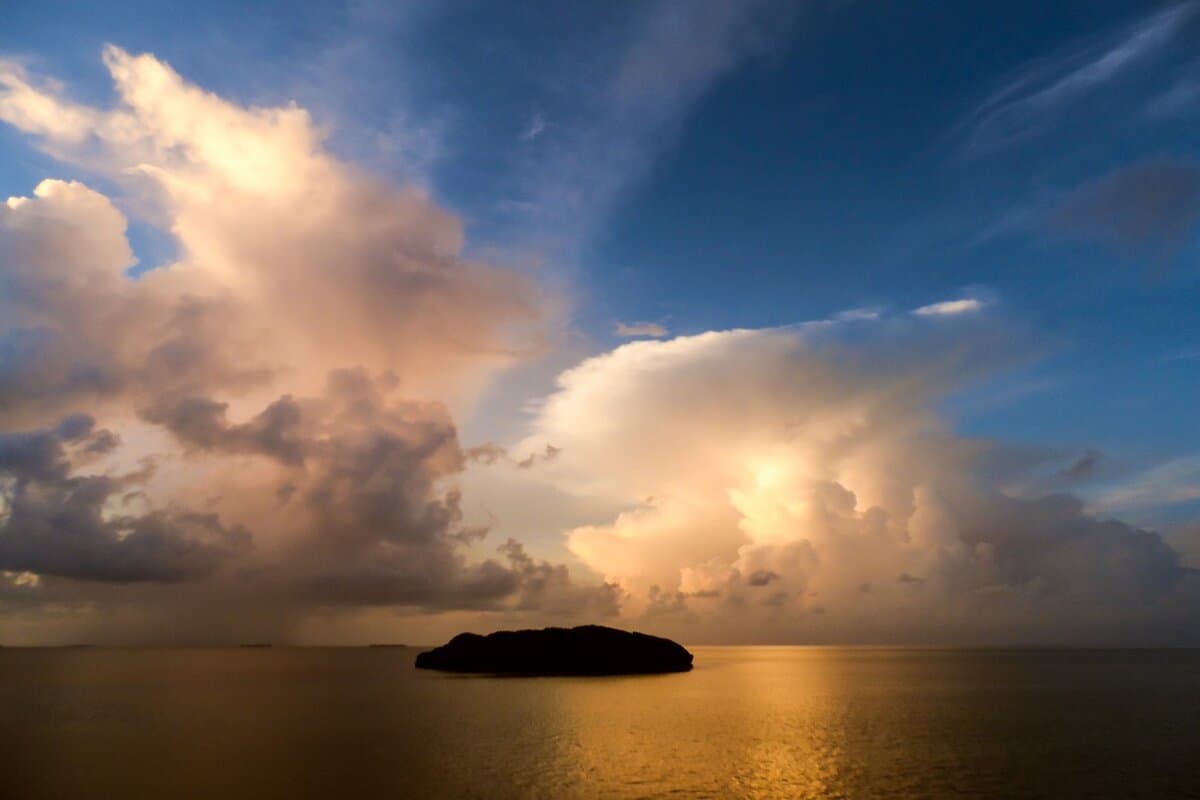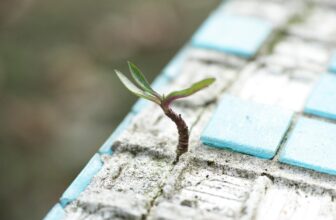
Most people associate deserted islands with paradise beaches from Bounty commercials, azure skies, tropical fruits, and long-awaited silence, interrupted only by the measured sound of waves. To survive on a desert island is a task for prepared and experienced travelers! Today, we are going to reveal a few secrets that will help you not to become prey to wild animals and not die of thirst in the “paradise corner”.
Find fresh water
Thirst is the first thing you will feel when you get to a desert island, so we advise you to search for water. Only in the movies do those who find themselves on a desert island immediately find a picturesque waterfall to drink from. Most often, there are no sources of fresh water on the island, so you need to be smart.
Firstly, never drink seawater – it is out of the question, it contains a lot of bacteria and increases thirst. Secondly, if there are palm trees on the island, there must be coconuts – each of them has up to 1 liter of drinking water. You can crack a coconut with a stone – put it on the ground and hit it closer to the part where the coconut has three holes. As soon as a crack appears, carefully open the nut. Third, build a water desalinator – it will come in handy. You can use a coconut shell as a container. The condensation process isn’t quick, but at least you’ll be able to get some drinking water, so you don’t die of thirst.
Make a hat
Another important step to take is to protect yourself from sunstroke, overheating, and burns. You shouldn’t walk around without a hat – the tropical sun is merciless, and you won’t even notice you’re getting burned. Gather palm leaves – you can tear them into thin strips of ribbons and weave yourself an improvised hat. The wider the fields, the better.
Don’t settle in the jungle
No matter how attractive the tropical shade is, don’t go into the jungle unless you have to. It is much safer to build a shelter on the beach, where you are less likely to fall prey to wild animals or be bitten by insects you have never seen before. Once again, palm leaves come into play! It’s not hard to make a small shelter – stick a few large tree branches in the ground – you’re lucky if you can find bamboo. And weave the roof out of plant materials – palm leaves are used again. They don’t call it the “tree of life” in the tropics for nothing!
Find food on a desert island
Your desert island menu will be quite modest. The first thing that immediately comes to mind is coconuts. But what else can you eat? Look for clams, snails, and crabs – they’re all rich in protein, which means they’ll keep you feeling full for a long time. Most often, these animals live on rocky beaches and shorelines.
Of course, the thought of fishing immediately comes to mind – after all, there is an ocean here! But this is more of a task for experienced travelers – find a line or strong thread, hook, catch bugs for bait… If you can do it all, make a fishing rod and go fishing.
Don’t eat white berries
Most white berries are poisonous. This color should be a sure sign to you that it is better not to touch such fruits at all. There are not many berries and fruits on deserted islands, but if you are lucky enough, you will find so-called black–colored berries. They look like cherries and, fortunately, are edible.
Build a fire
Even if it’s hot on the island, you’ll still need a fire for boiling water, cooking, and signaling. Don’t think you’ll rub two rocks together and the fire is ready. Making a fire is usually a challenge.
The easiest way to make a fire is by using a bow drill. Take an elastic branch and connect the two ends with a rope – you will get a bow. Another sturdy stick will become a drill – wrap the bowstring around it. Embed the drill bit in a stone or a board, having previously made a small hole in it, so that the drill bit does not slip off during the rotation. Use your right hand to untwist the bow, your left hand to hold the upper plank, on which you will press the drill, and your knee to hold the lower base plank. Prepare dry branches and bark in advance, so you can quickly place them when a spark appears.
Beware of injuries
Unless you miraculously have a stockpile of antibiotics at your disposal, any wound, even the smallest, can become lethal on the island. Moreover, because of the humid climate, it may not heal for weeks. Our advice is to move very carefully, avoiding sharp branches and sea urchins. Assess the area around your shelter for safety – remove anything that could injure you if you move carelessly. If you decide to go into the jungle, move as carefully as possible, as if in slow motion, avoiding bushes and thorns.
Finally, we want to stress that it is impossible to rest and do nothing but swim and sunbathe on the beach. You will have almost no free time! Most of the day, you are guaranteed to be engaged in searching for food, distilling water, and making fire. You won’t be bored for sure! Stay safe!




